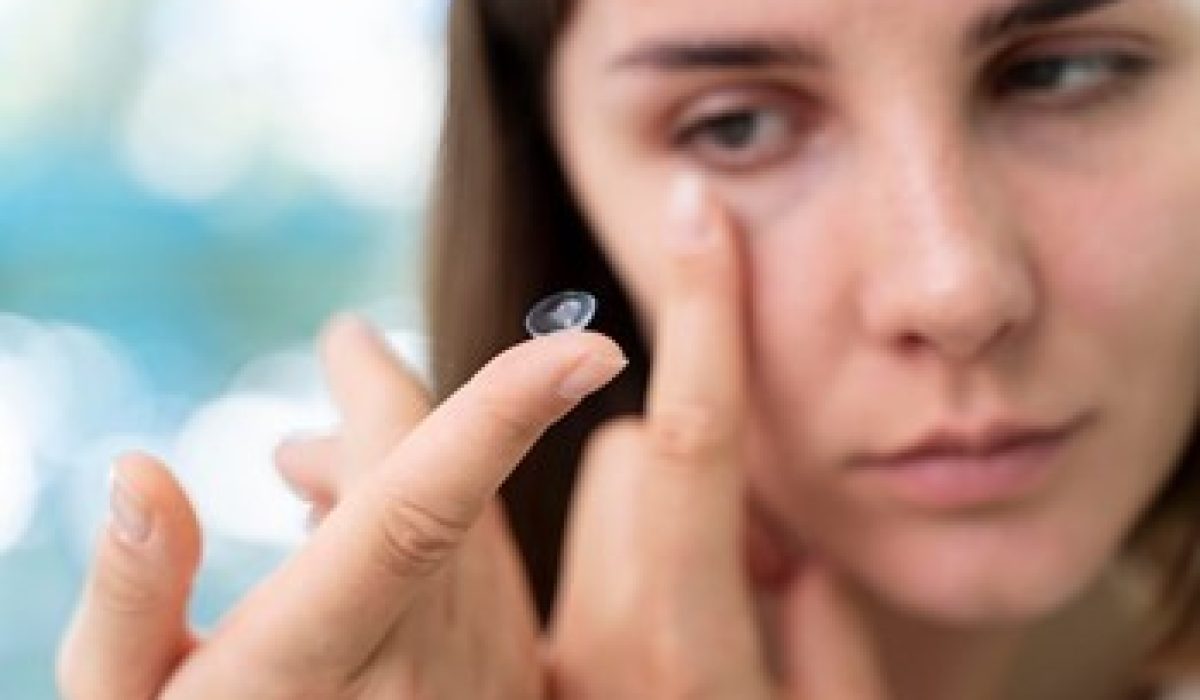Contact lenses offer convenience and clear vision for millions of people worldwide. However, for some individuals, wearing contact lenses can exacerbate symptoms of dry eyes, leading to discomfort and potentially affecting lens wear. Understanding the relationship between dry eyes and contact lenses is crucial for maintaining eye health and optimizing comfort while wearing lenses.
How Contact Lenses Can Contribute to Dry Eyes?
Contact lenses can contribute to dry eyes through various mechanisms. One common issue is reduced oxygen supply to the cornea when wearing lenses, particularly those made from materials with lower oxygen permeability. This can lead to corneal hypoxia, causing discomfort and dryness. Additionally, contact lenses may disrupt the tear film, leading to increased tear evaporation and dry eye symptoms.
Identifying Symptoms of Dry Eyes with Contact Lenses
Individuals wearing contact lenses may experience symptoms of dry eyes differently compared to those without lenses. Common signs include a gritty or sandy sensation in the eyes, redness, irritation, blurred vision, and discomfort while wearing lenses. These symptoms may worsen throughout the day, especially during extended wear or in environments with low humidity.
Risk Factors and Prevalence
Certain factors increase the risk of developing dry eyes while wearing contact lenses. These include wearing lenses for extended periods, improper lens care and hygiene, environmental factors such as dry air or wind, and underlying conditions like blepharitis or meibomian gland dysfunction. Additionally, age, gender, and contact lens material and design can influence the likelihood of experiencing dry eye symptoms.
Tips for Managing Dry Eyes with Contact Lenses
Despite the challenges, many individuals successfully manage dry eyes while wearing contact lenses. Here are some practical tips:
Choose the Right Lenses: Opt for contact lenses with higher oxygen permeability and moisture retention properties, such as silicone hydrogel lenses, which allow more oxygen to reach the cornea and maintain better hydration.
Practice Good Hygiene: Follow proper lens care and hygiene practices, including regular cleaning and disinfection of lenses, avoiding water exposure, and replacing lenses as recommended by your eye care professional.
Use Lubricating Eye Drops: Supplement natural tear production with preservative-free lubricating eye drops specifically formulated for use with contact lenses. Apply drops before inserting lenses and throughout the day as needed to alleviate dryness and discomfort.
Limit Wear Time: Avoid wearing contact lenses for extended periods, especially overnight. Remove lenses before bedtime to allow the eyes to rest and rejuvenate, reducing the risk of dryness and irritation.
Take Breaks: Give your eyes periodic breaks from contact lens wear, particularly during activities that may contribute to dryness, such as prolonged screen time or exposure to dry environments.
Stay Hydrated: Drink plenty of water to maintain overall hydration, which can help support tear production and prevent dry eye symptoms.
When to Seek Professional Help?
If you experience persistent or severe dry eye symptoms while wearing contact lenses, it is essential to consult an eye care professional promptly. They can assess your condition, identify any underlying issues contributing to dryness, and recommend appropriate treatment options. This may include adjusting your contact lens prescription, switching to different lens materials, or addressing underlying dry eye disease with targeted therapies.
Dry eyes and contact lenses can present challenges for many individuals, but with proper understanding and management strategies, comfortable lens wear is achievable. By identifying symptoms early, adopting good hygiene practices, and seeking professional guidance when needed, individuals can enjoy clear vision and optimal eye health while wearing contact lenses.



